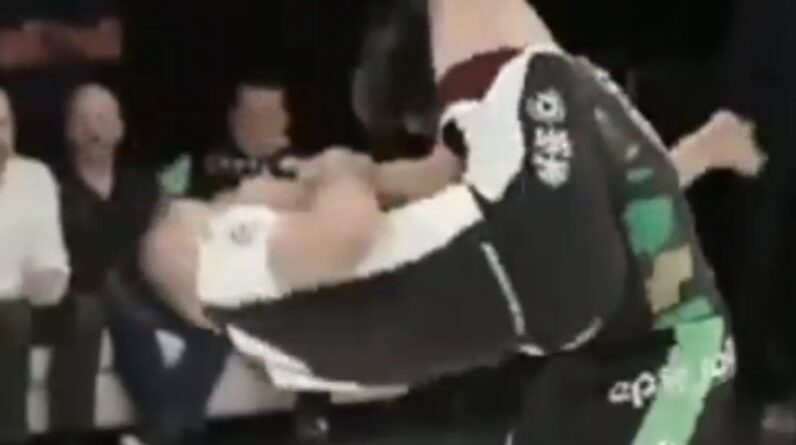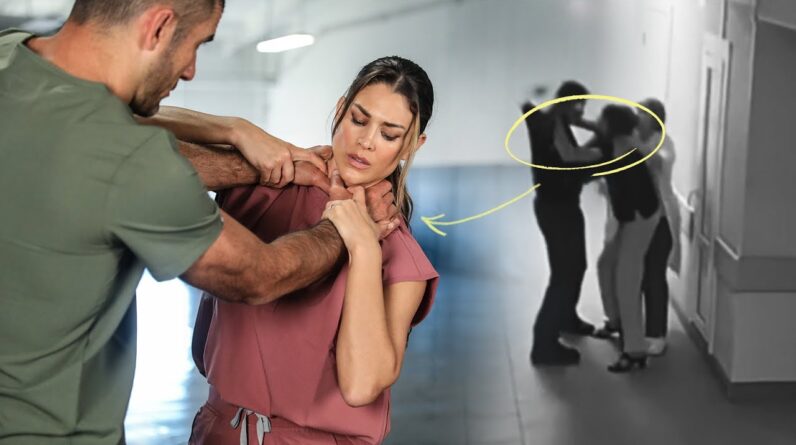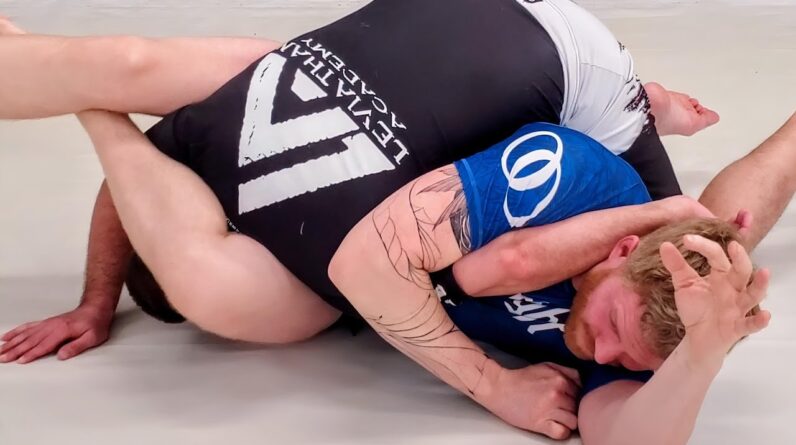The Korean Martial Therapy
The Korean Martial Therapy, also well known by its acronym KMT, had been recognized for its effectiveness in keeping warriors in their topmost forms after as well as before battles. The Korean Martial Therapy, therefore, became widely used and closely associated with the numerous Korean martial arts since the 17th century.
A newly developed Korean martial art, combining several old Korean martial arts and the Japanese Aikido discipline, was introduced in Korea in the latter part of the 19th century as Hapkido. Today, Hapkido is one of the most popular martial arts in Korea as well as elsewhere around the world and has become closely linked to the Korean Martial Therapy.
The Korean Martial Therapy made its way into the United State via Jae Kwon Yun, a master in Korean martial arts specializing in Hapkido for many years, who opened a school of Korean Martial Therapy where he integrated the combative aspect of Hapkido with the therapeutic aspect of the Korean Martial Therapy. This, in his opinion, formed a perfectly balanced modality.
Now that we have covered some of its background history, let us look at the Korean Martial Therapy itself and its technique of deep tissue massage as it is performed in either a sitting position or reclining flat on a massage table. The fundamental principle of the Korean Martial Therapy is to utilize a variety of sinuous movements performed by the client to promote the therapeutic effects on the body and the spirit.
Traditionally, the Korean Martial Therapy was facilitated by a trained therapist or a practitioner who guided the client’s body into the correct movements and positions. However, the Korean Martial Therapy can be just as easily accomplished as a self-directed therapy without losing any of its curative values.
Another crucially important principle of the Korean Martial Therapy is the notion that the same movements that can lead to pain, damage and destruction on the battle field can also be used to provide healing in a peaceful arena. In other words, the Korean Martial Therapy works on the premise that anything that can hurt can also do the opposite; it can cure. And in fact, many of the pressure points along the gi meridians used in Korean Martial Therapy for promoting positive energy for restoring health are likewise used in Hapkido as points for promoting negative energy and agony.
Initially having been created for the battlefield to relieve combatants of their pain and suffering, the Korean Martial Therapy primarily strives for instant curative results. And that is in direct opposition to other alternative healing techniques which aspire for long term effects of weeks or months or even years into the future. The Korean Martial Therapy is made up of a varied combination of techniques and the most frequently used among them are the conventional massaging strokes, ballistic stretching, applying deliberate pressure to specific points along the body, the yin yang therapy and the Korean energy work.
Since the Korean Martial Therapy makes the most of the body movements used in martial arts, it relieves the therapist from doing much of the work and it has, therefore, been favored by many practitioners.


